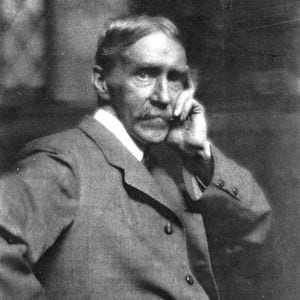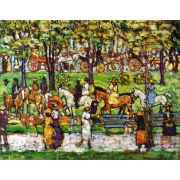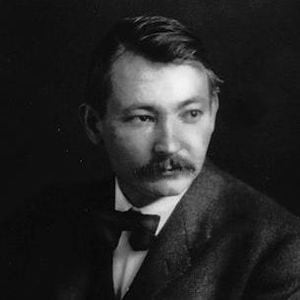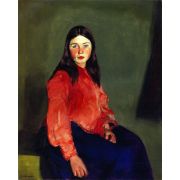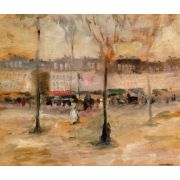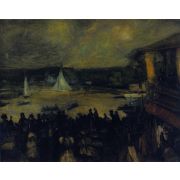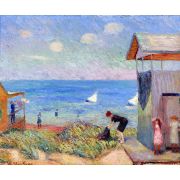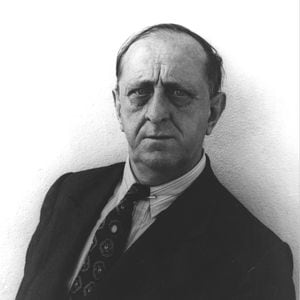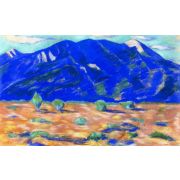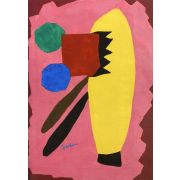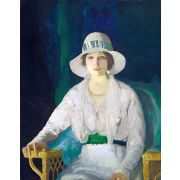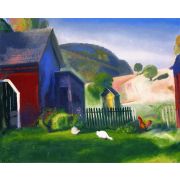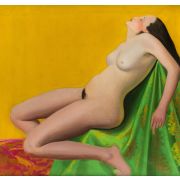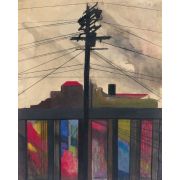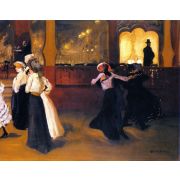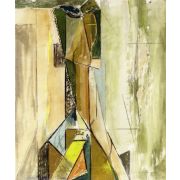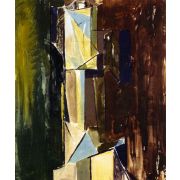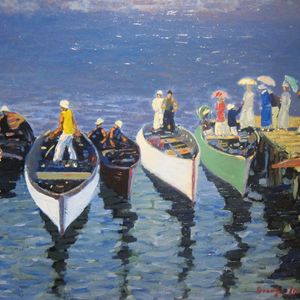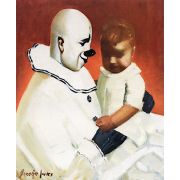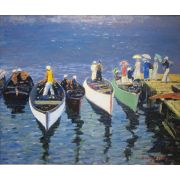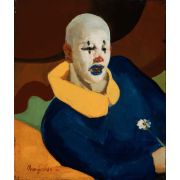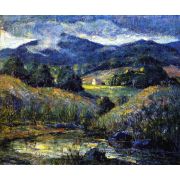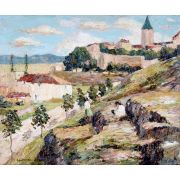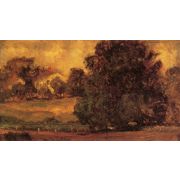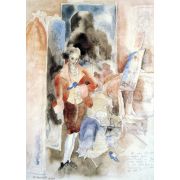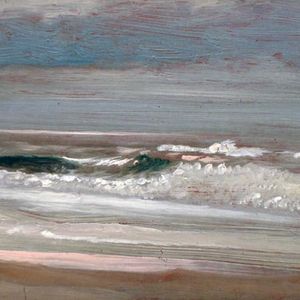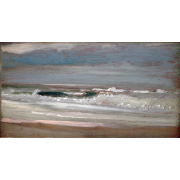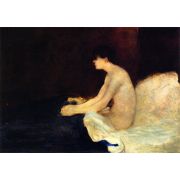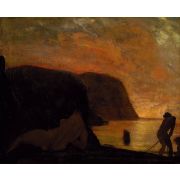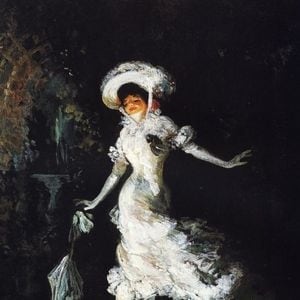
American Modernism
American Modernism
1 to 18 out of 18 artists
Maurice Prendergast
1858 -1924, Canadian / Post-Impressionism , Ashcan School , and American Modernism, 470 works
Robert Henri
1865 -1925, American / Ashcan School and American Modernism, 456 works
William Glackens
1870 -1938, American / American Modernism and Ashcan School, 415 works
Marsden Hartley
1878 -1943, American / Abstract Art and American Modernism, 370 works
Arthur Dove
1880 -1946, American / Abstract Art and American Modernism, 312 works
George Wesley Bellows
1882 -1925, American / American Modernism and Ashcan School, 306 works
Joseph Stella
1880 -1946, American / American Modernism and Futurism, 290 works
Alfred Henry Maurer
1868 -1932, American / American Modernism, 273 works
George Luks
1867 -1933, American / American Modernism and Ashcan School, 240 works
Ernest Lawson
1873 -1939, American / Impressionism , American Modernism , and Ashcan School, 237 works
Charles Demuth
1883 -1935, American / American Modernism, 227 works
Arthur B. Davies
1862 -1928, American / Ashcan School and American Modernism, 99 works
Morton Livingston Schamberg
1881 -1918, American / American Modernism, 16 works
Albert Eugene Gallatin
1881 -1942, American / American Modernism, 14 works
John French Sloan
1871 -1951, American / American Modernism and Ashcan School, 9 works
Everett Shinn
1876 -1953, American / Ashcan School and American Modernism, 3 works
John Marin
1870 -1953, American / Abstract Art , Expressionism , and American Modernism, 2 works
George Copeland Ault
1891 -1948, American / American Modernism, 73 works
1 to 18 out of 18 artists
Like the modernism movement, American modernism is a philosophical trend that grew out of the many changes in culture and society in the modern age. American modernism is a movement in art and culture that started at the turn of the 20th century and was at its strongest between World Wars I and II. Like its European counterpart, American modernism grew out of rejecting Enlightenment ideas and a desire to show reality more accurately in a world that had become more industrialized.
The American Modernist movement reflected how people lived in the United States in the 20th century. In a world that was quickly becoming more industrialized and moving faster, it was easy for one person to get lost in the vastness of things and feel like they had no purpose. People pushed against race, class, sex, wealth, and religious boundaries. As new ideas challenged the social structure, the limits of traditional standards and social networks broke down. What was left was a loss of identity, which led to isolation, alienation, and a general feeling of being separate from any "whole." A country that had been at war for a long time was losing its unity and the illusion of the good things it had promised its soldiers and people. The world was full of violence, foul language, and no spirit.
The worker from the middle class ended up in a place where they were barely noticed. They were a small part of a much bigger machine, and it was unlikely that anyone would see them. People were saddened by how useless they were. Youths' dreams were shattered by failure and the realization that there are limits and things they can't do. The lives of those who had lost hope and were on the outside became more critical. People valued the ability to figure out who they were on their own through hard work and creativity, without the help of traditional tools. Some authors agreed with this, but others, like F. Scott Fitzgerald, pointed out how the values of privilege can be appealing but also harmfully false.
Modern America had to find a way to work together in a world where people no longer shared the same beliefs. All people's shared consciousness was the common ground that brought people together. The importance of the individual was stressed, and the fact that everyone's life is limited somehow brought people together regardless of race, class, sex, wealth, or religion. In this way, society found shared meaning even when things were out of order.
Some people think that modernism is in the same vein as aestheticism and the "art for art's sake" movement of the 19th century. Clement Greenberg says that "anything outside itself" is left out of modern art. Some people see contemporary art, like blues and jazz music, as a way to express feelings and moods. Many modern works also dealt with issues like feminism and city life. Some artists and philosophers even gave American modernism a political edge.
People could live in the modern world because of American modernist design and architecture. As the economy improved in the 1920s, work and family life changed quickly and in significant ways. In the U.S., the car became popular and more people could afford it. Free time and entertainment also became more critical, and women were able to get jobs. The goal of designers and architects was to make housework easier so people could get more done.
The Great Depression, which happened at the end of the 1920s and through the 1930s, made people lose faith in the country's economy and hurt utopian ideas. The start and horrors of World War II caused more changes in how people thought. Late Modernism was the name for the time after World War II. Most people thought art from the 1980s was typical of the late 20th century and the postmodernist era.
Georgia O'Keeffe has been a central figure in American Modernism since the 1920s. She is known as the "Mother of American Modernism." She has gotten a lot of attention for pushing the limits of what modern American art can do. She is best known for her abstract paintings of flowers, rocks, shells, animal bones, and landscapes. Ram's Head White Hollyhock and Little Hills, a painting by O'Keeffe from 1935, is well-known.
